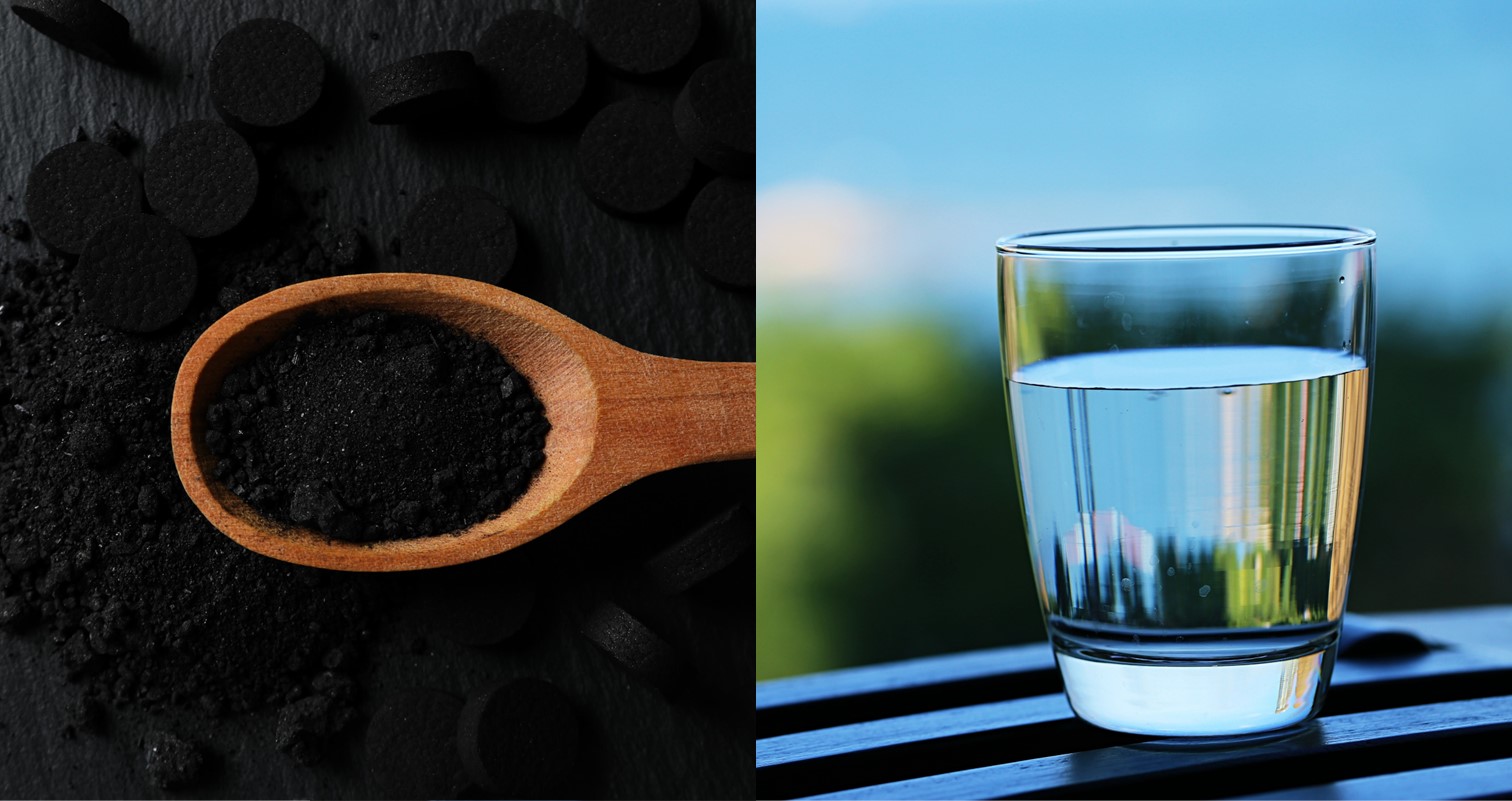
Activated Carbon: Effective Adsorbent in Water Treatment
Activated carbon is a porous element that has been treated to increase its surface area and consequently, its ability to adsorb chemical compounds. Activated carbon works through a process called adsorption, in which contaminants adhere to the surface of the activated carbon due to chemical forces, resulting in water purification.
In Water Treatment processes, Activated Carbon is used to remove:
- Organic contaminants
- Chemical compounds
- Volatile organic compounds
- Chlorine
- Color
- Bad smells and tastes of the water
Activated Carbon Applications
Activated carbon has several applications, among the most important are:
- Water purification
- Air Purification
- Sugar refining
- Oil discoloration
- Gold Recovery
- Odor Control in Treatment Plants
Types of Activated Charcoal
There are several types of activated carbon, each with specific properties and applications. The most common types of activated charcoal are as follows:
- Activated Carbon Powder (ACP): It is a fine powder of activated carbon used in drinking water treatment applications and in the chemical and pharmaceutical industries. This type of charcoal must be dosed in low doses using a dosing system, where the mixture of carbon and water must be good to achieve the adsorption effect. It is used to control taste, odor, and elimination of residual chlorine.
- Granular Activated Carbon (GAC): It is an activated carbon formed from particles of variable size, which are used in water filters and wastewater treatment applications. Unlike powdered activated carbon, it must be in a filter (FRP or steel), where the water inlet must meet a flow rate and pressure to have an effective rate to eliminate contaminants, which can be odor, taste, and removal of residual chlorine. This carbon can also be used for air purification or odor control in treatment plants. For this purpose, an air flow must be channeled to the filter at a flow rate and pressure to meet the contact rate for contaminant removal.
- Activated Carbon Pellets (extruded carbon): It is produced by extruding a mixture of pulverized carbon and binders, resulting in a cylindrical shape. This type of coal is most commonly used for odor control in treatment plants. Its larger contact surface makes it ideal for such treatment. For odor treatment, it depends on what type of contaminant you want to remove since a chemical treatment must be done before introducing them into a filter; this chemical treatment performed in the factory is the impregnation.
For more information on the type of activated carbon best suited to the requirements of your water treatment process, contact us, and our specialists will provide you with the appropriate recommendations, technical information, sales format, and associated costs.
















